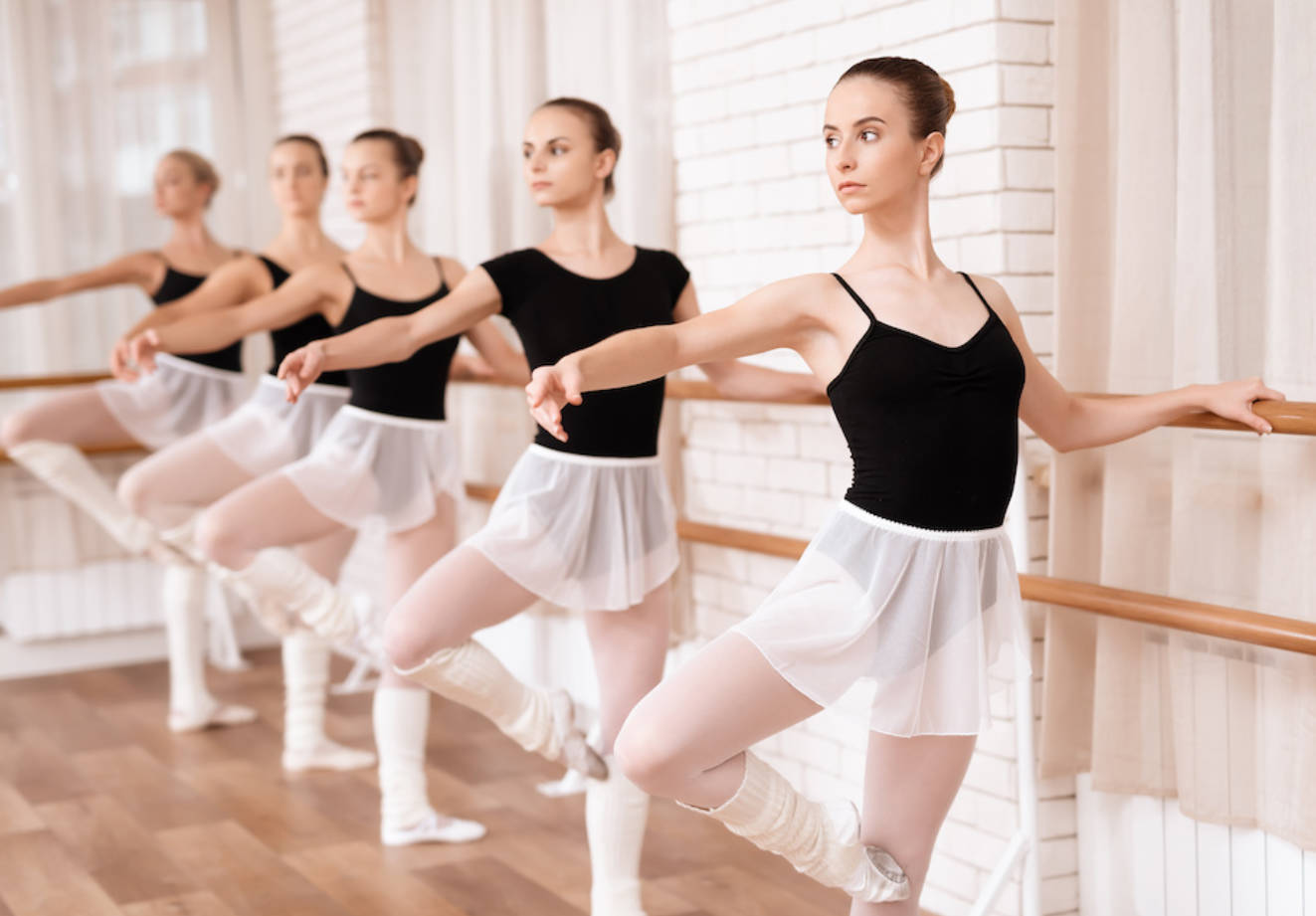Ballet is a beautiful and challenging art form that requires dedication and commitment to master. If you’re new to ballet or looking to switch to a different class, choosing the right ballet class for you is an important step in your journey. In this article, we’ll explore how to choose the right ballet class that meets your needs and goals.
1. Assess Your Skill Level
One of the first things to consider when choosing a ballet class is your skill level. Are you a beginner with no prior experience, or do you have some training under your belt? If you’re a beginner, it’s important to find a class that caters to those who are just starting out. Look for classes with the word “beginner” in the title, or classes that focus on the basics of ballet technique.
If you have some experience, it’s essential to be honest with yourself about your skill level. Attending a class that’s too advanced can be frustrating and discouraging. Look for classes that cater to your skill level, whether that be intermediate, advanced, or somewhere in between.
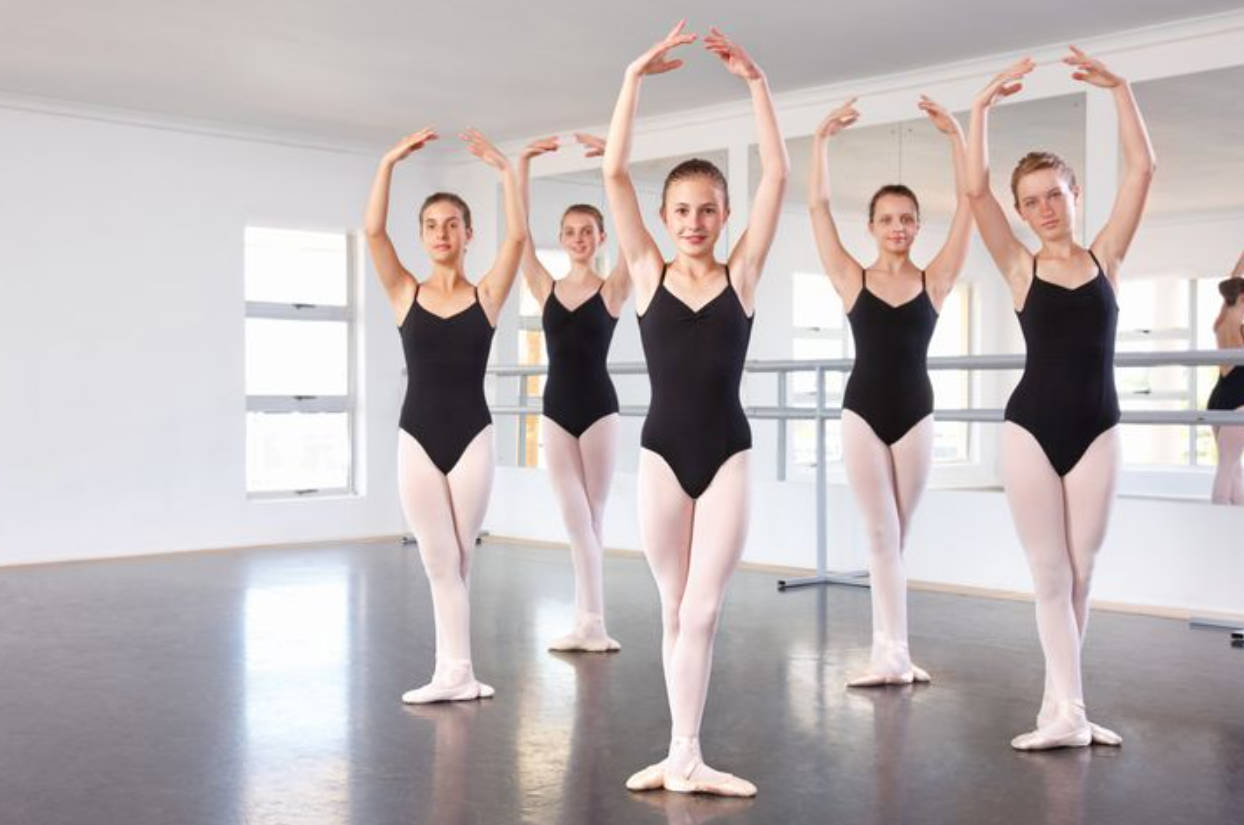
2. Consider Your Goals
Another factor to consider when choosing a ballet class is your goals. What do you hope to achieve through ballet? Do you want to pursue a career as a professional dancer, or are you looking for a fun way to stay active and improve your flexibility and posture? Knowing your goals can help you choose a class that aligns with them.
For those interested in a career in dance, finding a class with a strong focus on technique and performance may be essential. For those who are looking for a fun and low-pressure way to stay active, classes that focus on fitness and flexibility may be a better fit.
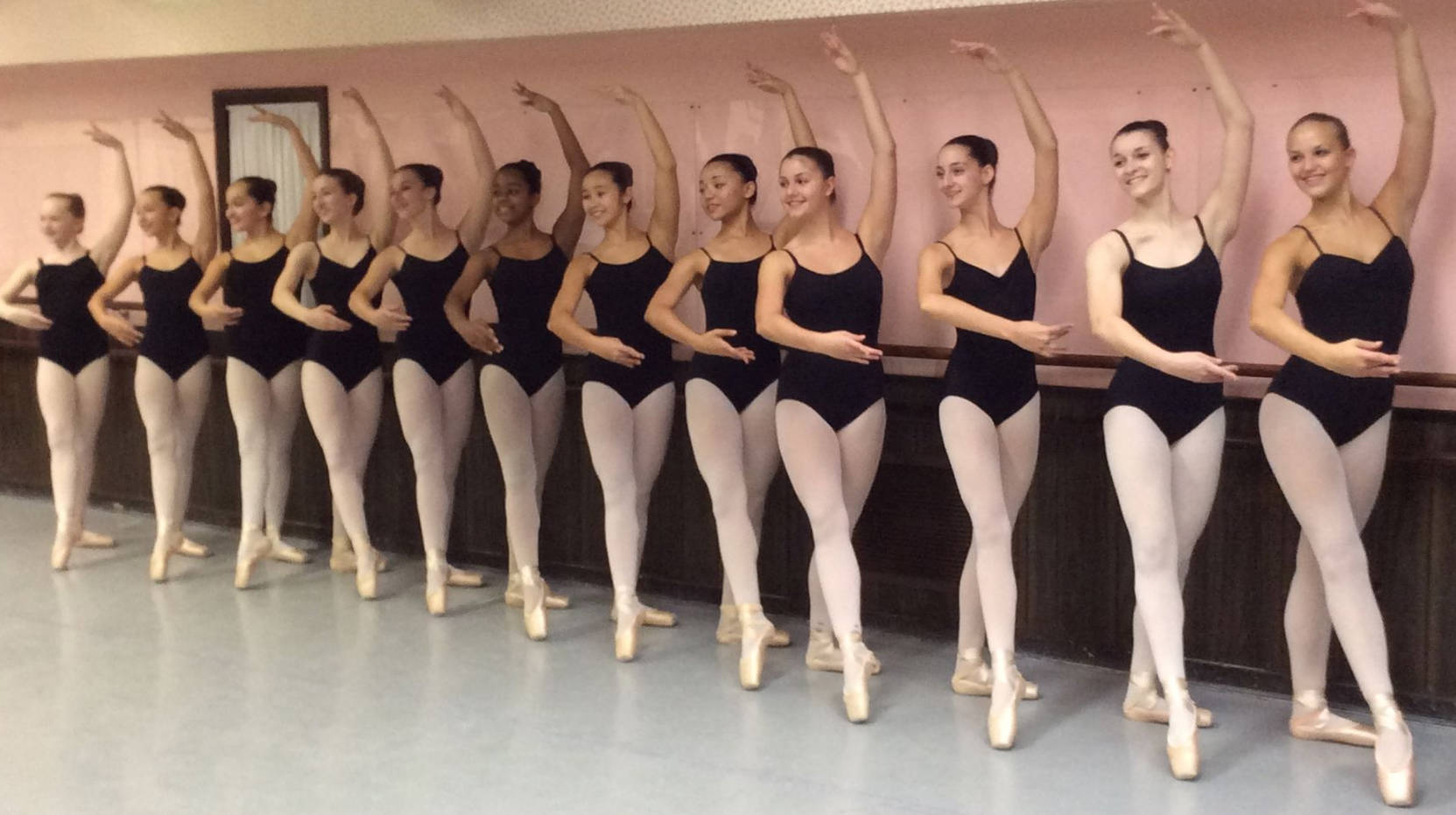
3. Evaluate the Instructor
The instructor can make a significant impact on your experience in a ballet class. Look for instructors with experience teaching the level you’re interested in, and who have a teaching style that resonates with you. Consider attending a trial class to get a feel for the instructor’s teaching style and whether it works for you.
Additionally, consider the instructor’s qualifications and experience. Look for instructors with a background in ballet or dance, and who have a teaching certification from a reputable organization.
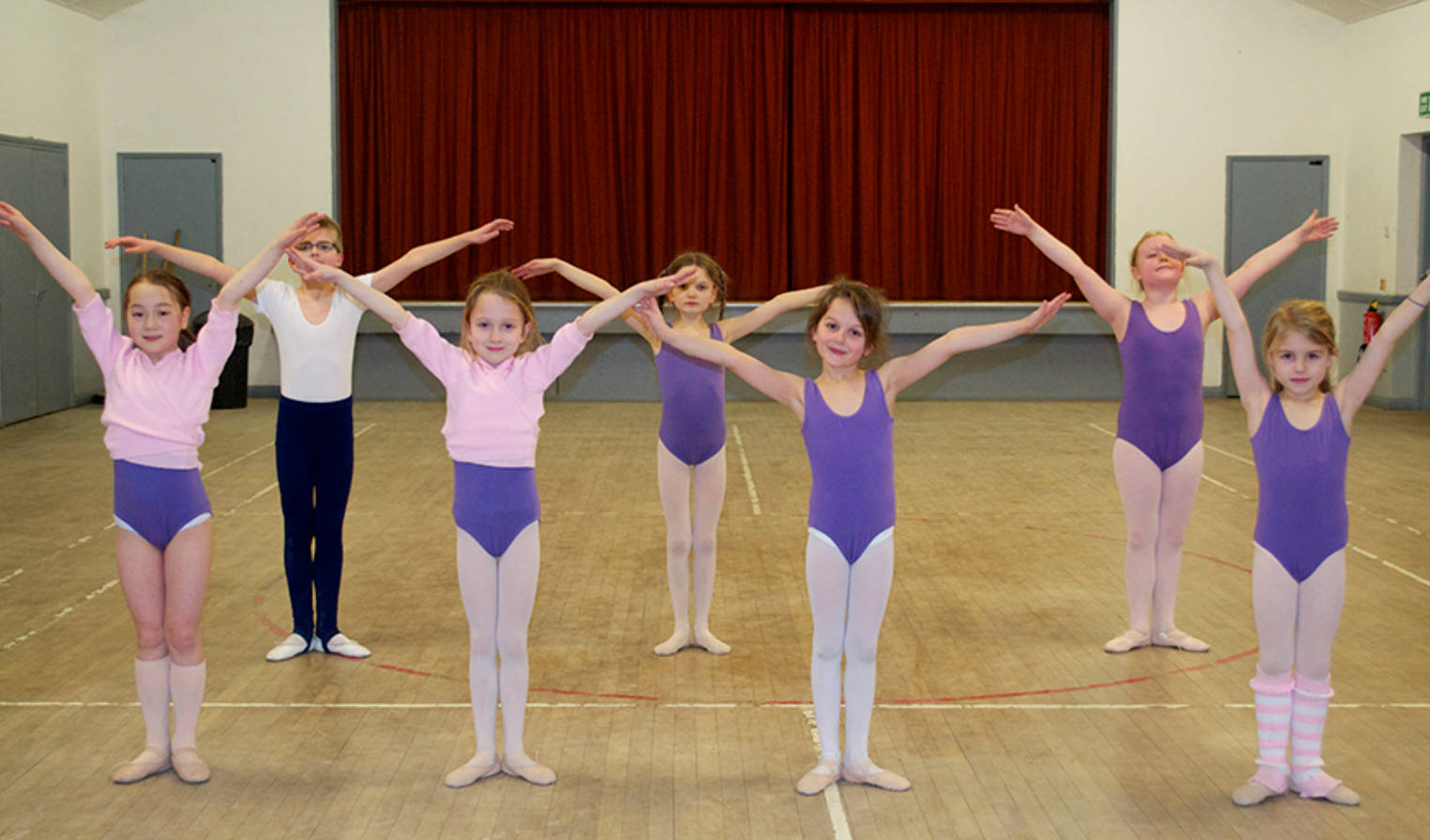
4. Check the Class Schedule and Location
When choosing a ballet class, it’s important to consider the schedule and location. Look for classes that fit your schedule and are convenient for you to attend. If the class is too far away or at an inconvenient time, you may find it challenging to attend consistently, which can impede your progress.
Consider the location of the class as well. If you’re attending a class in person, make sure the studio is located in a safe and accessible area.
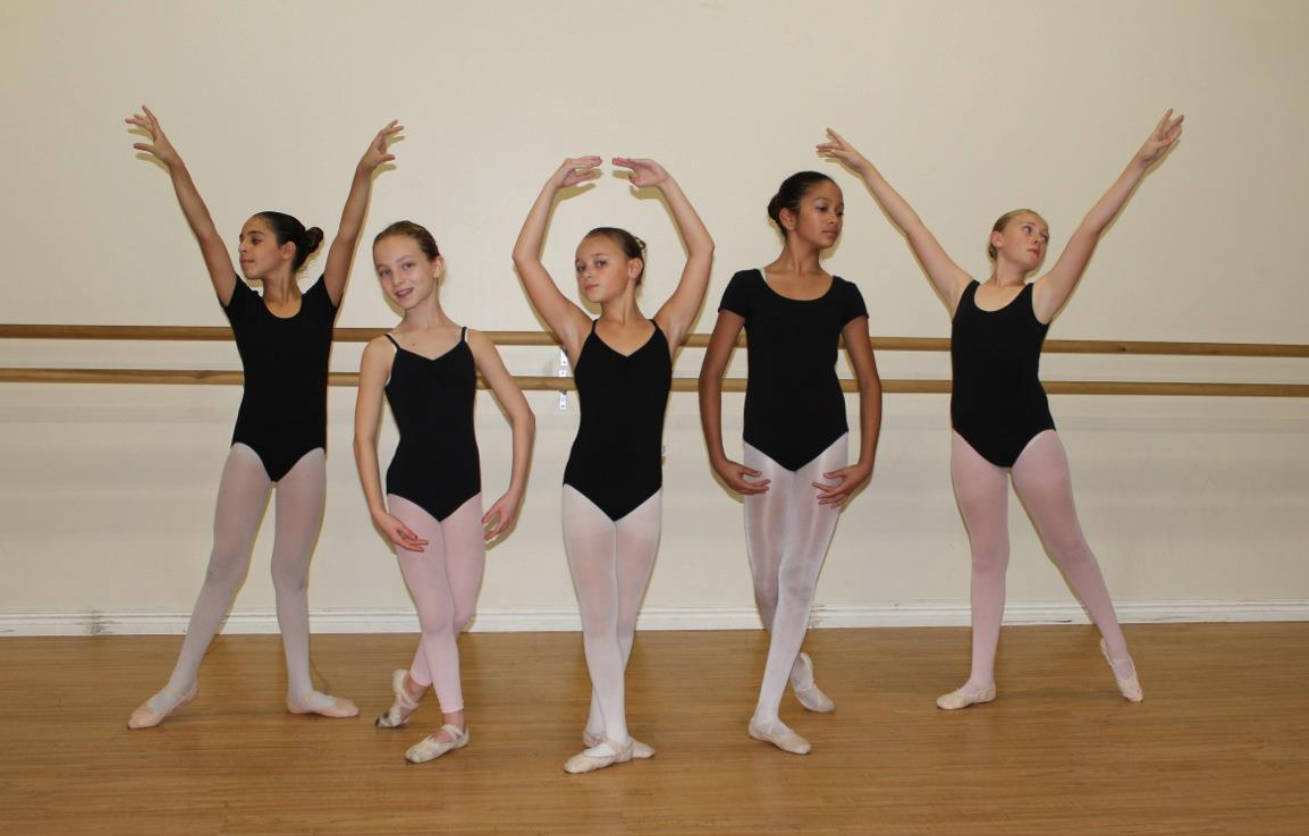
5. Pros and Cons of Different Types of Ballet Classes
There are many different types of ballet classes, and each has its own unique benefits and drawbacks. Here are some of the most common types of ballet classes and their pros and cons:
- Group classes: Group classes are a great way to learn ballet in a supportive and social environment. They’re also usually more affordable than private classes. However, group classes may not offer the individualized attention and feedback that private classes provide.
- Private classes: Private classes offer individualized attention and feedback from an experienced instructor. They’re ideal for those who want to focus on specific areas of improvement or who have a busy schedule that doesn’t allow for regular attendance at group classes. However, private classes are often more expensive than group classes.
- Online classes: Online ballet classes offer convenience and flexibility, as you can attend classes from the comfort of your own home. They’re also often more affordable than in-person classes. However, online classes may not offer the same level of feedback and correction as in-person classes, and it can be challenging to ask questions or get clarification on technique.
- Intensive classes: Intensive classes are designed to accelerate progress and often cater to those who are looking to pursue a career in dance. They offer a high level of instruction and focus on technique, performance, and conditioning. However, intensive classes can be physically and mentally demanding and may not be suitable for everyone.
- Recreational classes: Recreational classes are designed for those who want to learn ballet as a fun way to stay active and improve their physical and mental health. They’re usually less intense and focus on the basics of technique, with a relaxed and supportive environment. However, if you’re looking to pursue ballet seriously, recreational classes may not provide the level of instruction and challenge that you need.
6. Conclusion
Choosing the right ballet class is crucial for your success and enjoyment in ballet. By considering your skill level, goals, instructor, class schedule, and type of class, you can find a class that meets your needs and helps you achieve your ballet aspirations. Whether you’re a beginner or an experienced dancer, there’s a ballet class out there that’s perfect for you.
